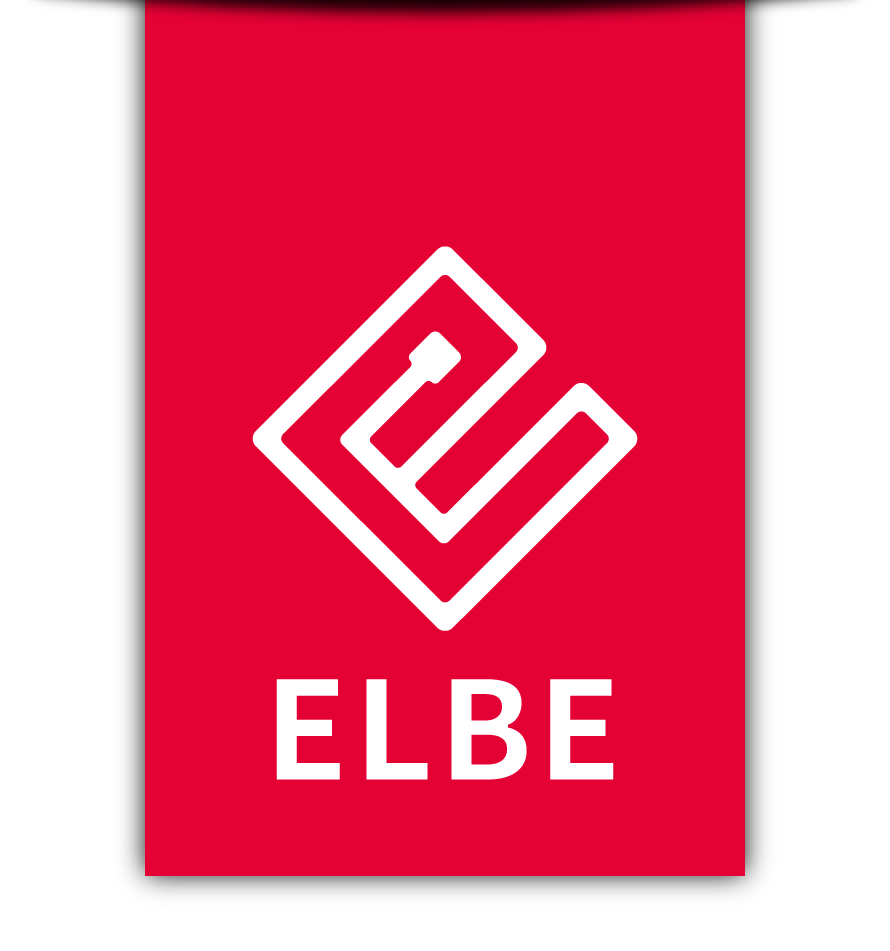Semantic Analysis of Natural Language captures the meaning of the given text while taking into account context, logical structuring of sentences and grammar roles. Throughout the course, we take several concepts in NLU such as meaning or applications such as question answering, and study how the paradigm has shifted, what we gained with each paradigm shift, and what we lost? We will critically evaluate existing ideas and try to come up with new ideas that challenge existing limitations.
The main characteristics of T/DG’s Enterprise Search include the analysis of unstructured text using NLP processing techniques, semantic enrichment, image search, multidimensional analysis, search relevance, & high-speed data integration. https://t.co/KOmDtpFMAx #EnterpriseData pic.twitter.com/mO5jxRMTsf
— The Digital Group (@thedigtalgroup) February 20, 2023
These two sentences mean the exact same thing and the use of the word is identical. Noun phrases are one or more words that contain a noun and maybe some descriptors, verbs or adverbs. The idea is to group nouns with words that are in relation to them. Natural language generation —the generation of natural language by a computer. Natural language understanding —a computer’s ability to understand language. Question Answering – This is the new hot topic in NLP, as evidenced by Siri and Watson.
Parts of Semantic Analysis
This spell check software can use the context around a word to identify whether it is likely to be misspelled and its most likely correction. Increasingly, “typos” can also result from poor speech-to-text understanding. A dictionary-based approach will ensure that you introduce recall, but not incorrectly.
Three Models Leading the Neural Network Revolution … – TDWI
Three Models Leading the Neural Network Revolution ….
Posted: Mon, 13 Feb 2023 08:00:00 GMT [source]
As the instructor of this course I endeavor to provide an inclusive learning environment. However, if you experience barriers to learning in this course, do not hesitate to discuss them with me or the Office for Students with Disabilities. Get the lowdown on all things advanced data science from the in-house experts at Dataiku.
Building Blocks of Semantic System
By using semantic analysis tools, concerned business stakeholders can improve decision-making and customer experience. Although there are doubts, natural language processing is making significant strides in the medical imaging field. Learn how radiologists are using AI and NLP in their practice to review their work and compare cases. The main benefit of NLP is that it improves the way humans and computers communicate with each other.
As natural language consists of words with several meanings , the objective here is to recognize the correct meaning based on its use. This can be useful for sentiment analysis, which helps the natural language processing algorithm determine the sentiment, or emotion behind a text. For example, when brand A is mentioned in X number of texts, the algorithm can determine how many of those mentions were positive and how many were negative. It can also be useful for intent detection, which helps predict what the speaker or writer may do based on the text they are producing. Polysemy refers to a relationship between the meanings of words or phrases, although slightly different, and shares a common core meaning under elements of semantic analysis.
Natural Language Understanding
Syntax is the grammatical structure of the text, whereas semantics is the meaning being conveyed. A sentence that is syntactically correct, however, is not always semantically correct. For example, “cows flow supremely” is grammatically valid (subject — verb — adverb) but it doesn’t make any sense. Natural language processing and Semantic Web technologies are both Semantic Technologies, but with different and complementary roles in data management. In fact, the combination of NLP and Semantic Web technologies enables enterprises to combine structured and unstructured data in ways that are simply not practical using traditional tools.
A lot of the information created online and stored in databases is natural human language, and until recently, businesses could not effectively analyze this data. Natural language processing is the ability of a computer program to understand human language as it is spoken and written — referred to as natural language. Refers to word which has the same sense and antonymy refers to words that have contrasting meanings under elements of semantic analysis. NLP applications of semantic analysis for long-form extended texts include information retrieval, information extraction, text summarization, data-mining, and machine translation and translation aids.
App for Language Learning with Personalized Vocabularies
Such models are generally more robust when given unfamiliar input, especially input that contains errors (as is very common for real-world data), and produce more reliable results when integrated into a larger system comprising multiple subtasks. Natural language processing is an area of computer science and artificial intelligence concerned with the interaction between computers and humans in natural language. The ultimate goal of NLP is to help computers understand language as well as we do. It is the driving force behind things like virtual assistants, speech recognition, sentiment analysis, automatic text summarization, machine translation and much more. In this post, we’ll cover the basics of natural language processing, dive into some of its techniques and also learn how NLP has benefited from recent advances in deep learning.
What is an example for semantic analysis in NLP?
The most important task of semantic analysis is to get the proper meaning of the sentence. For example, analyze the sentence “Ram is great.” In this sentence, the speaker is talking either about Lord Ram or about a person whose name is Ram.
Therefore, this innlp semanticsation needs to be extracted and mapped to a structure that Siri can process. Apple’s Siri, IBM’s Watson, Nuance’s Dragon… there is certainly have no shortage of hype at the moment surrounding NLP. Truly, after decades of research, these technologies are finally hitting their stride, being utilized in both consumer and enterprise commercial applications. Differences as well as similarities between various lexical semantic structures is also analyzed. Differences, as well as similarities between various lexical-semantic structures, are also analyzed. In the above sentence, the speaker is talking either about Lord Ram or about a person whose name is Ram.
Semantics – Meaning Representation in NLP
In 1950, the legendary Alan Turing created a test—later dubbed the Turing Test—that was designed to test a machine’s ability to exhibit intelligent behavior, specifically using conversational language. How NLP is used in Semantic Web applications to help manage unstructured data. Meaning representation can be used to reason for verifying what is true in the world as well as to infer the knowledge from the semantic representation. For example, semantic roles and case grammar are the examples of predicates. It may be defined as the words having same spelling or same form but having different and unrelated meaning.
- Relationship extraction is a procedure used to determine the semantic relationship between words in a text.
- In the larger context, this enables agents to focus on the prioritization of urgent matters and deal with them on an immediate basis.
- Usually, relationships involve two or more entities such as names of people, places, company names, etc.
- Homonymy and polysemy deal with the closeness or relatedness of the senses between words.
- I am very enthusiastic about Machine learning, Deep Learning, and Artificial Intelligence.
- Though natural language processing tasks are closely intertwined, they can be subdivided into categories for convenience.









